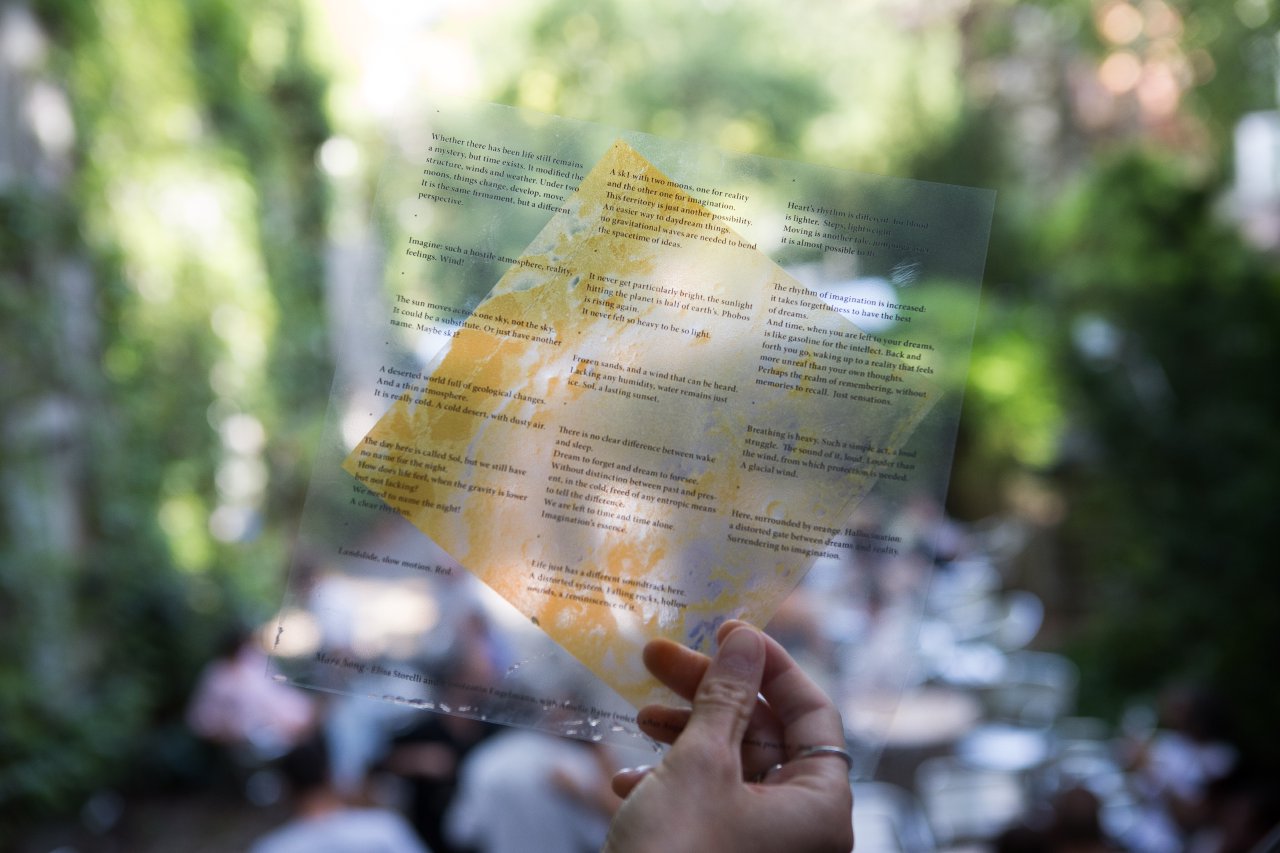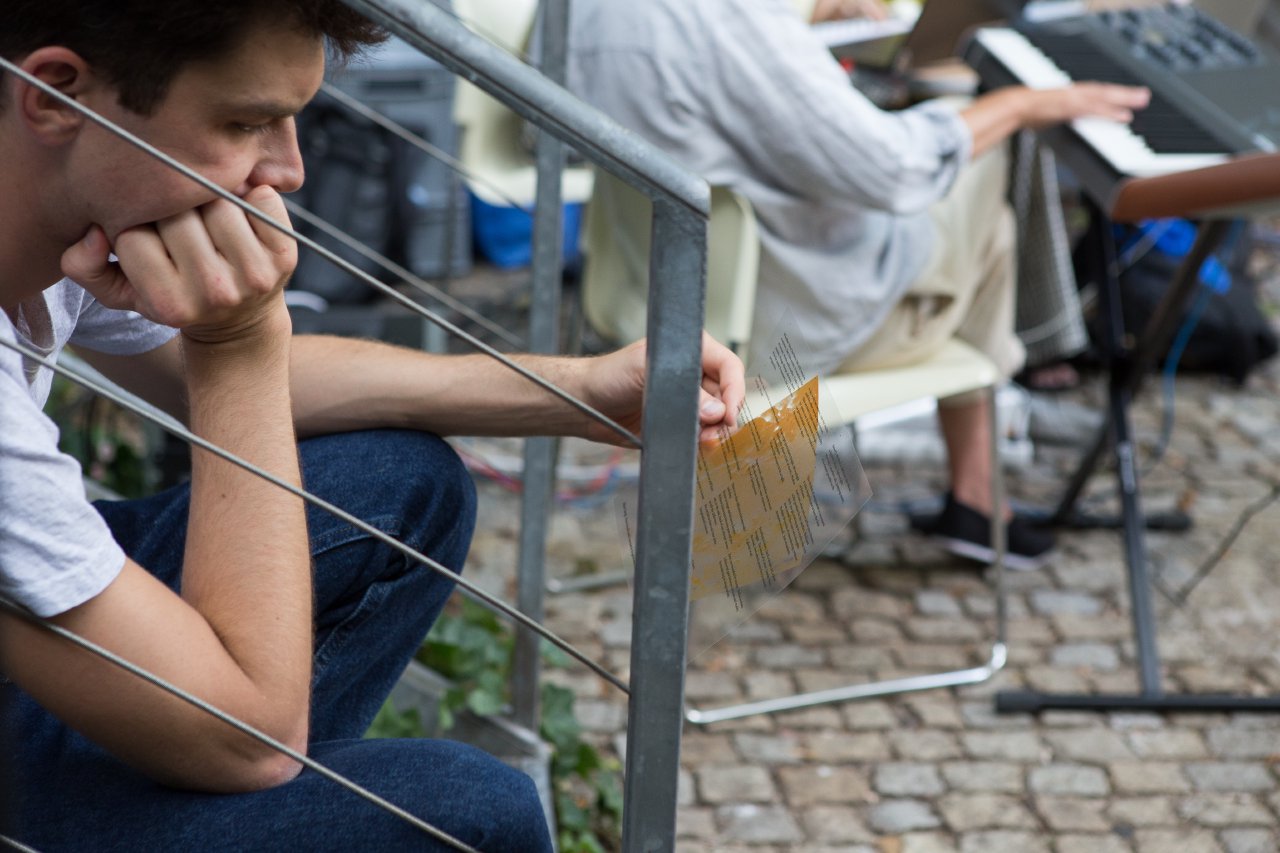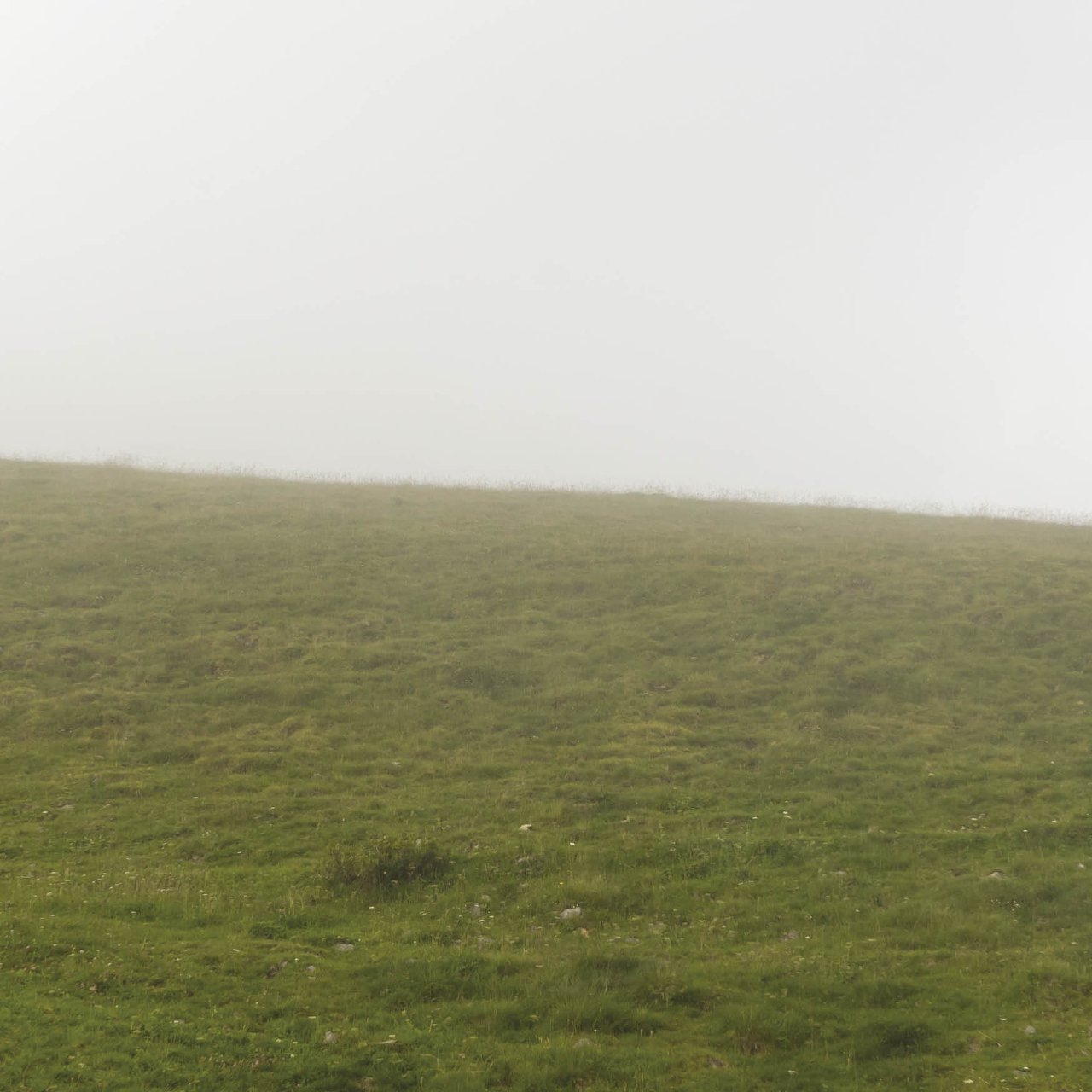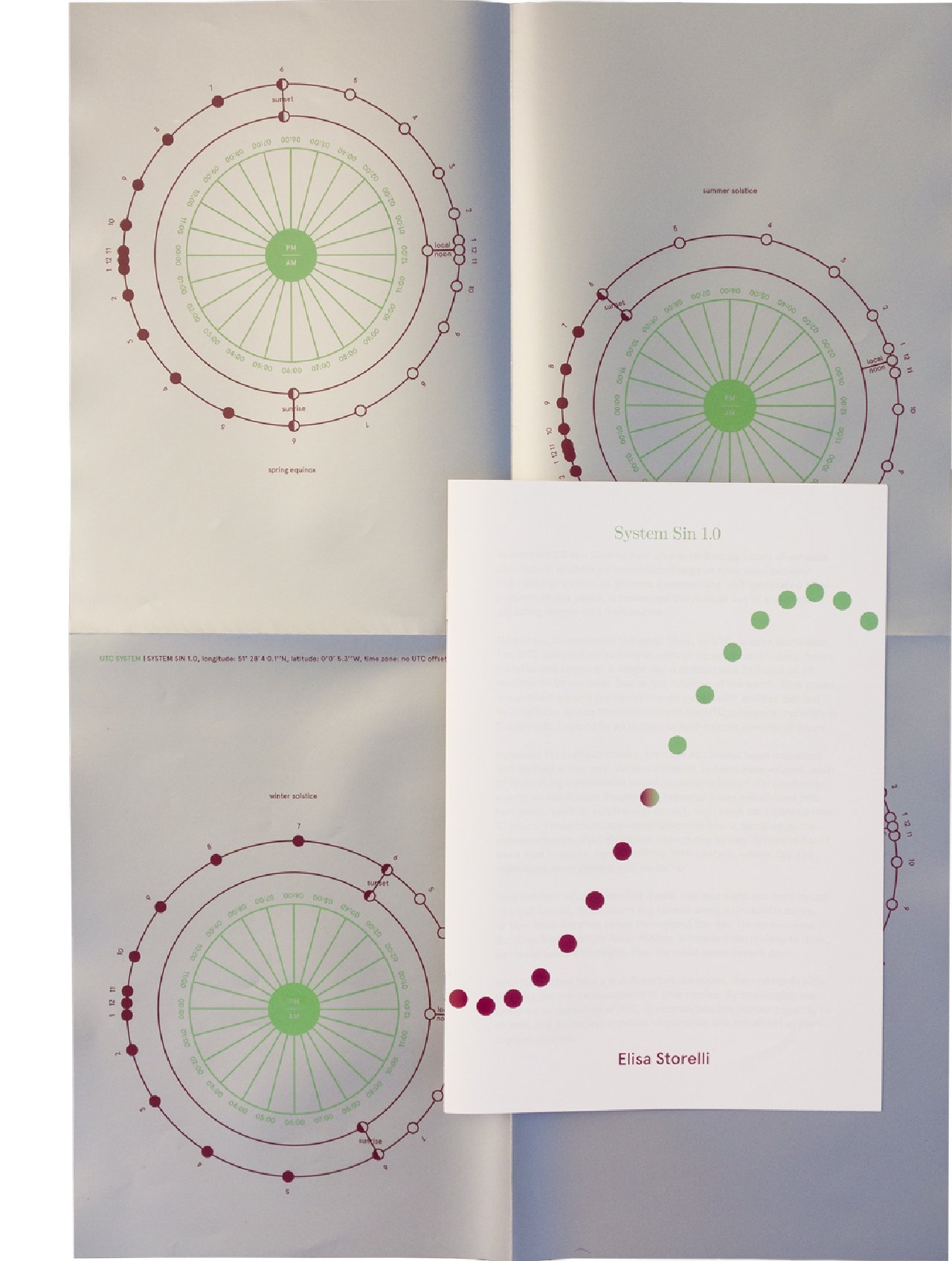

Mars Song Libretto is a small publication that accompanies the performance Mars Song.
The imaginary field recording coming from the speakers reproduces a windy atmosphere. The sound is based on algorithms derived from the weather model by Laboratoire de Météorologie Dynamique, IPSL Mars Climate Database. From the wind emerges a genderless voice, describing an imaginary stay on the planet.
Live, a mezzosopranist and a synth interact and dialogue with each other based on a canonic exercise by Augustin Maurs: the singer should reproduce three times, as accurately as she can, the sounds and pauses emitted by the synth. However, as the synth player plays more sounds than she could actually remember, this creates a composition based on human error, or imagination.
Mars is our planet of imagination. What we don’t seem feasible on earth we often project into a fictional narrative involving our fellow neighbour Mars. Throughout recent history we created maps, calendars, collected pictures or weather data of this planet. One could assume we seem to know it quite well. Just that we still don’t really know - what does it sound like on mars?




